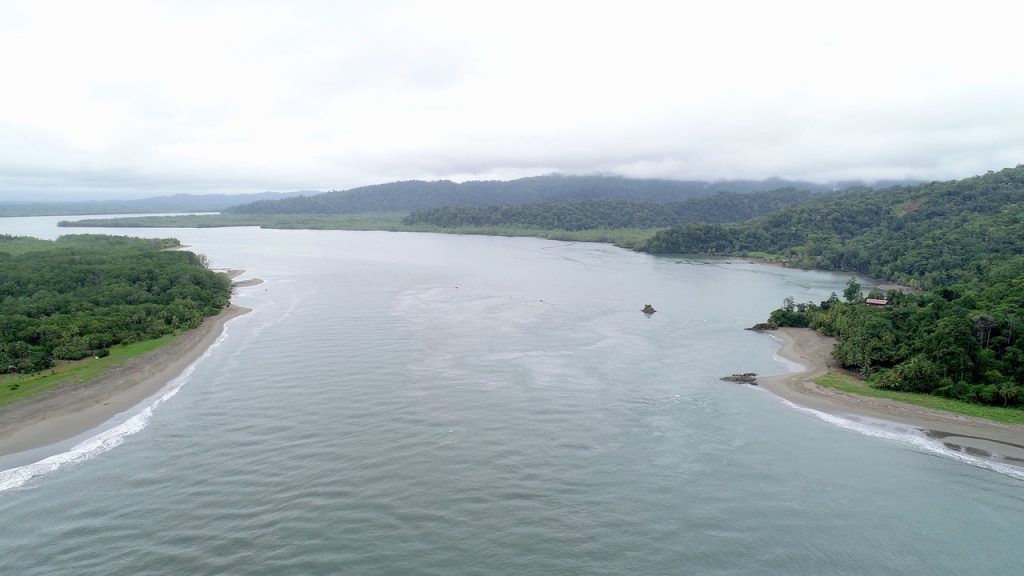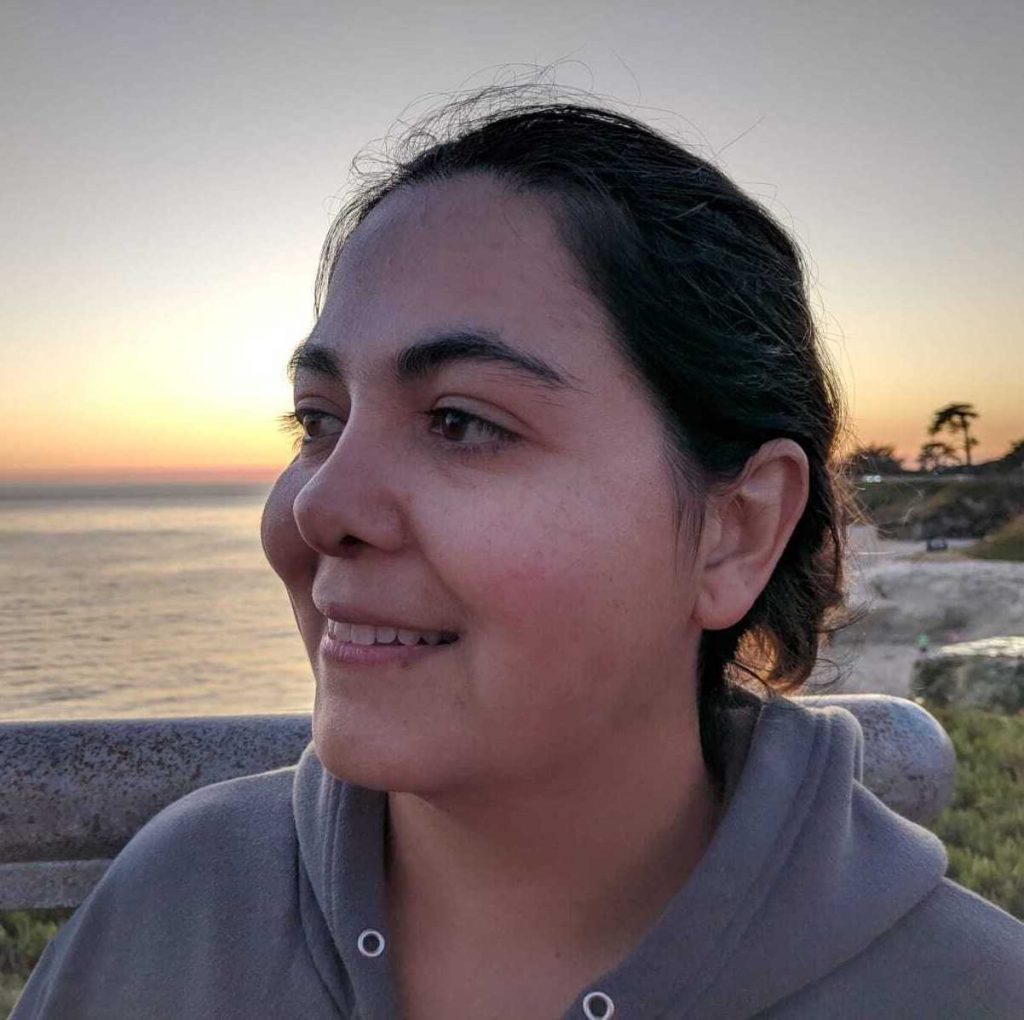Monday March 14, 2022

After building our international fisheries experience over the last decade in Southeast Asia, FISHBIO has expanded our work in research and conservation to Central America. With several projects underway, we recently completed our first fisheries conservation effort with indigenous communities in Costa Rica. This two-year project drew on our seven years of establishing and strengthening community-managed freshwater protected areas, or Fish Conservation Zones (FCZs), with villages in Laos, and sought to explore how this conservation model could be applied in Costa Rica. Although Costa Rica is viewed as a global leader in terrestrial and marine conservation, little attention has been paid to protecting freshwater ecosystems in the country. Now, our project has laid the groundwork for the first community-managed freshwater conservation area of its kind in Costa Rica. This work was funded by the Critical Ecosystem Partnership Fund, which also made our projects in Laos possible.
In 2017, FISHBIO acquired land in a remote area of Costa Rica where the Sierpe River meets the Pacific, and began restoration of a 70-year-old house perched above the ocean and river mouth. Today, Casa Roja is surrounded by protected land in what is widely regarded as one of the most biologically diverse areas on earth, the Osa Peninsula and Corcovado National Park. FISHBIO uses the property to promote conservation through education and responsible tourism, as well as as a base for fisheries and environmental research. For our first field research project, our location on the Osa Peninsula piqued our interest in the rivers of Costa Rica’s southern Pacific slope and drew our attention to the Térraba River, the largest in Costa Rica. The rich cultural diversity of the Térraba River basin includes five of Costa Rica’s eight indigenous peoples (ethnic groups), who are distributed across eight territories: Ujarrás, Salitre, Cabagra, Térraba, Boruca, Rey Curré, Guaymí Coto Brus, and China Kichá. For our project, we made connections with the indigenous territory of Rey Curré, which is inhabited by the Brunca people, to explore their interest in freshwater conservation. Rivers provide important food, livelihood, and recreation opportunities for indigenous communities, who have observed declines in local fish species. The people of Rey Curré agreed to participate in the project, and numerous meetings were held to discuss current and historical fisheries conditions and threats, as well as identify key areas for protection.
 Fish survey in Rey Curré. Photo by Cristian Castro Araya.
Fish survey in Rey Curré. Photo by Cristian Castro Araya.
This project required extensive coordination and discussion with various government, NGO, and community stakeholders in Costa Rica to introduce the concept of FCZs and explore the potential legal pathways for creating community-managed freshwater protected areas in the country. We worked with the Rey Curré community to recreate a timeline of the state of freshwater fauna, document traditional ecological knowledge, and create maps identifying important freshwater places along with their main uses and threats. A baseline biological study led by Jorge Picado, a Costa Rican biologist from ASANA, with participation from the community helped document the fishes and crustaceans in the area. A baseline socioeconomic study was also carried out by anthropologist Jorge Cole with community participation. The local and scientific knowledge from all these sources was combined to provide management recommendations for the future protected area.
These recommendations include multiple strategies to protect a variety of habitats and species, such as enforcing the law against using poison to catch shrimps in creeks and small tributaries, which are home to endemic guppies and cichlids. Monitoring and preventing destructive fishing methods in the deep pools and tributary mouths of the Térraba River will be important to regulate capture of the largest fishes. Locals also expressed concern about an apparent size decrease in machacas (Brycon behreae), an abundant and important fishery. While more data are needed, a precautionary recommendation is to release fish smaller than the minimum maturity length. Another recommendation is to release all egg-bearing female fish or shrimp, a former traditional practice that has been lost. Other possible regulations include a fishing ban during the rainy season, which is an important spawning period for some species. Besides establishing a protected area to implement some of the above regulations, the community also has plans for habitat restoration and water quality monitoring.

FISHBIO’s Costa Rica program is led by Dr. Eva Salas De la Fuente, a Costa Rican biologist based in Santa Cruz, California, whose research has focused on the connectivity of reef fish populations and marine ecosystems using ecological and genetic techniques. Born and raised in Costa Rica, Eva is intimately familiar with the issues that threaten the country’s natural resources, which she encountered through her academic research as well as through working for Costa Rican organizations. This project has helped Eva fulfill her dream of returning to work in her home country. She will continue to work with the community of Rey Curré and government partners to pursue future stages of the project, including securing additional funding, while helping to coordinate other FISHBIO efforts in Costa Rica. We look forward to sharing more of our international adventures in this beautiful country with you! Check out the Casa Roja blog to learn more about the unique nature and culture of the Osa Peninsula.
This post featured in our weekly e-newsletter, the Fish Report. You can subscribe to the Fish Report here.
